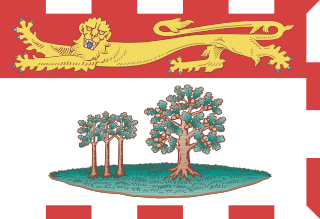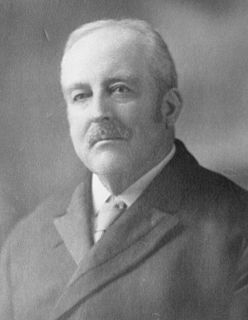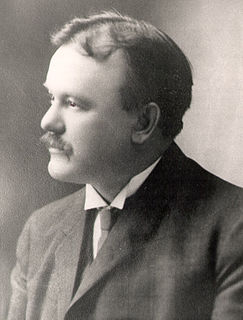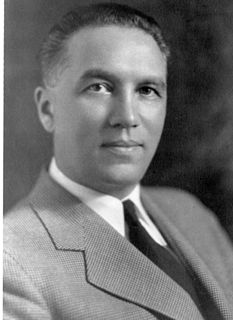| ||||||||||||||||||||||||||||||||||
All 30 seats in the Legislative Assembly of Prince Edward Island 16 seats needed for a majority | ||||||||||||||||||||||||||||||||||
| ||||||||||||||||||||||||||||||||||
| ||||||||||||||||||||||||||||||||||
The 1904 Prince Edward Island general election was held in the Canadian province of Prince Edward Island on December 7, 1904. [1]

Canada is a country in the northern part of North America. Its ten provinces and three territories extend from the Atlantic to the Pacific and northward into the Arctic Ocean, covering 9.98 million square kilometres, making it the world's second-largest country by total area. Canada's southern border with the United States, stretching some 8,891 kilometres (5,525 mi), is the world's longest bi-national land border. Its capital is Ottawa, and its three largest metropolitan areas are Toronto, Montreal, and Vancouver. As a whole, Canada is sparsely populated, the majority of its land area being dominated by forest and tundra. Consequently, its population is highly urbanized, with over 80 percent of its inhabitants concentrated in large and medium-sized cities, with 70% of citizens residing within 100 kilometres (62 mi) of the southern border. Canada's climate varies widely across its vast area, ranging from arctic weather in the north, to hot summers in the southern regions, with four distinct seasons.

Prince Edward Island is a province of Canada consisting of the Atlantic island of the same name along with several much smaller islands nearby. PEI is one of the three Maritime Provinces. It is the smallest province of Canada in both land area and population, but it is the most densely populated. Part of the traditional lands of the Mi'kmaq, it became a British colony in the 1700s and was federated into Canada as a province in 1873. Its capital is Charlottetown. According to the 2016 census, the province of PEI has 142,907 residents.
Contents
The election was won by the governing Liberals, led by incumbent Premier Arthur Peters. Peters' own election in the district of 2nd Kings was almost in doubt, due to a tie vote of 515 votes each for him and his Conservative opponent; following a judicial recount, a by-election was held where Peters was acclaimed as the district's Assemblyman.
The incumbent is the current holder of an office. This term is usually used in reference to elections, in which races can often be defined as being between an incumbent and non-incumbent(s). For example, in the 2017 Hungarian presidential election, János Áder was the incumbent, because he had been the president in the term before the term for which the election sought to determine the president. A race without an incumbent is referred to as an open seat.
In Canada, a premier is the head of government of a province or territory. Though the word is merely a synonym for prime minister, it is employed for provincial prime ministers to differentiate them from the Prime Minister of Canada. There are currently 10 provincial premiers and three territorial premiers. These persons are styled The Honourable only while in office, unless they are admitted to the Queen's Privy Council for Canada, in which case they retain the title even after leaving the premiership.

Arthur Peters was the ninth Premier of Prince Edward Island.
Peters died in January 1908, and was succeeded as Premier by Francis Haszard.

Francis Longworth Haszard was a Prince Edward Island politician and jurist, the tenth Premier of Prince Edward Island. Haszard's family had been United Empire Loyalists moving to PEI from the United States after the American Revolution.
The opposition Conservatives, led by John A. Mathieson, lost one seat.

The Progressive Conservative Party of Prince Edward Island is one of two major political parties on Prince Edward Island. It and its rival, the Liberals have alternated in power since responsible government was granted in 1851.

John Alexander Mathieson was a Prince Edward Island politician and jurist, the 12th Premier.













